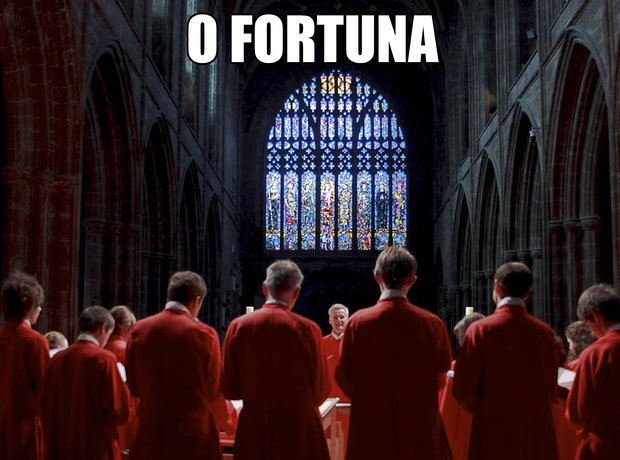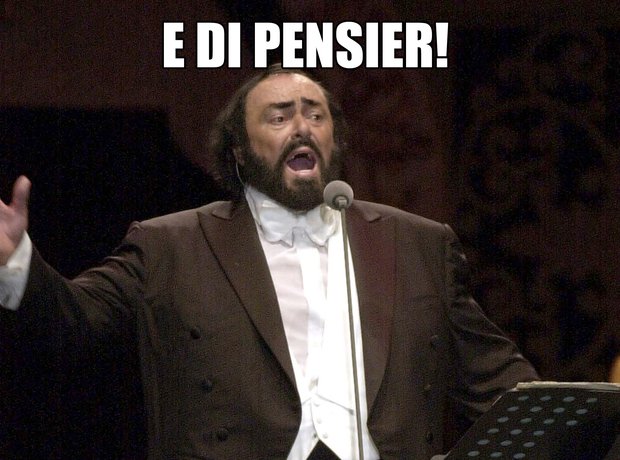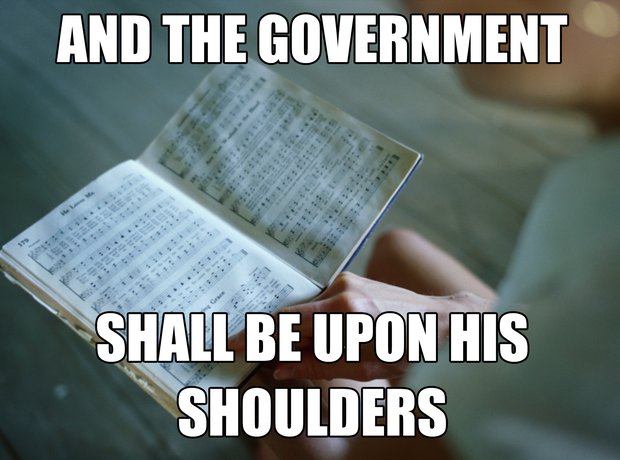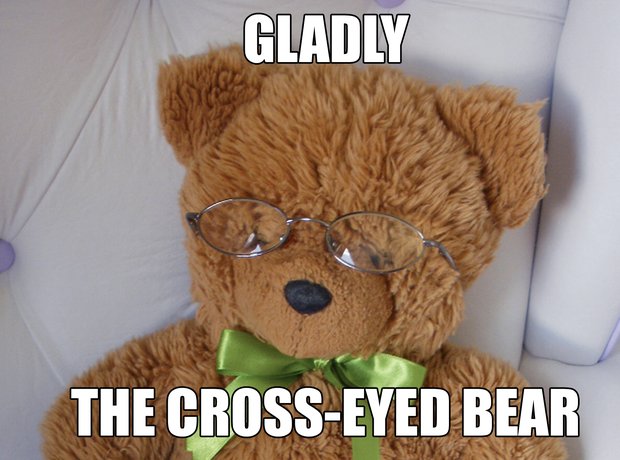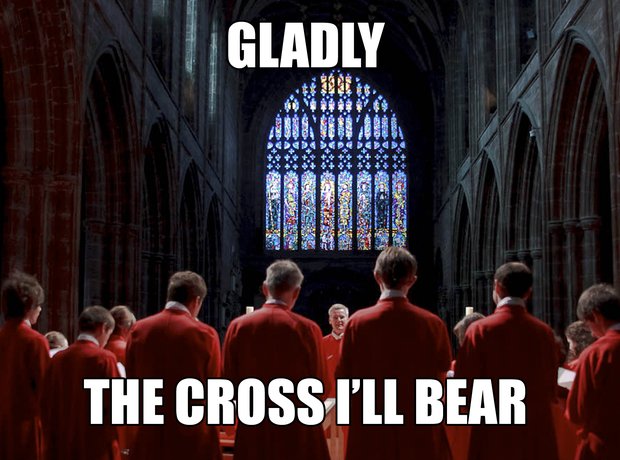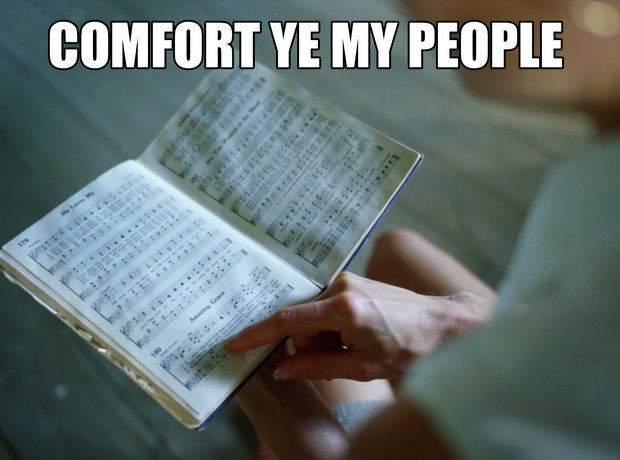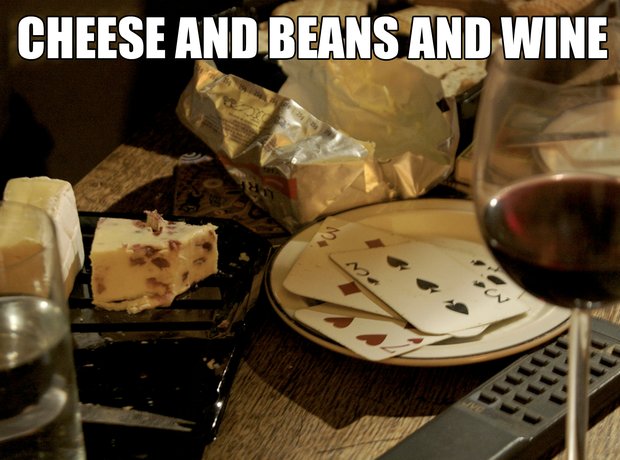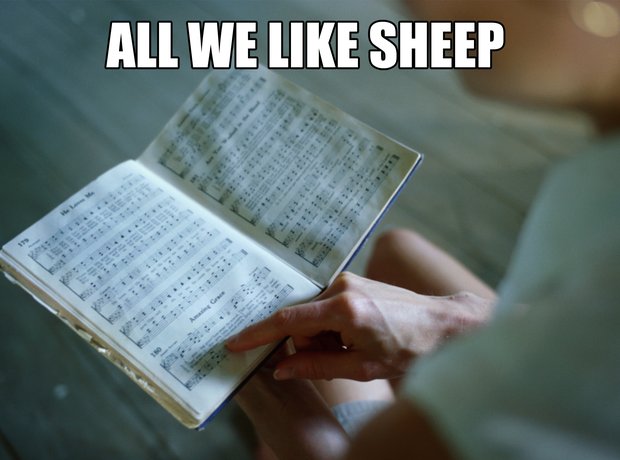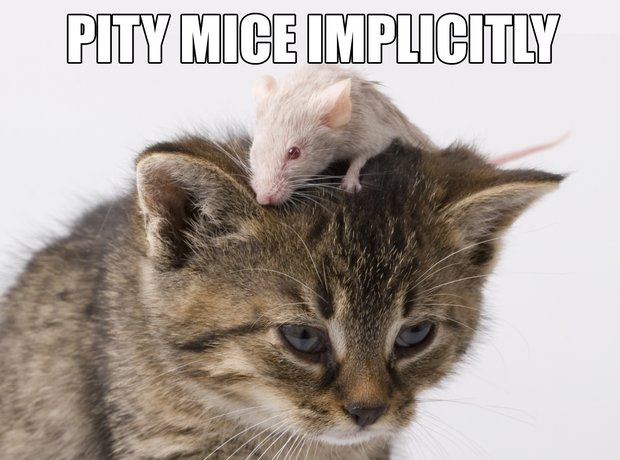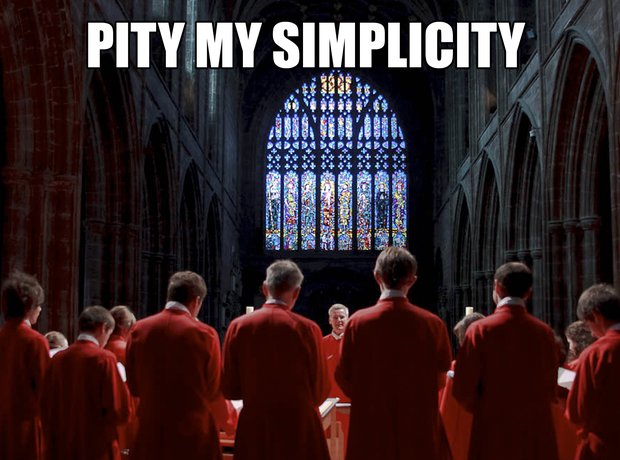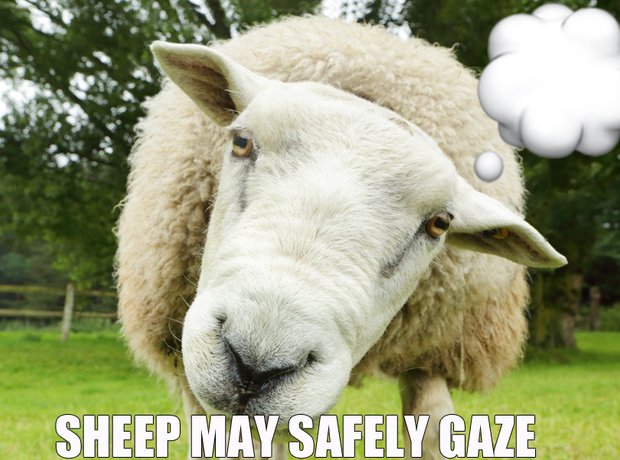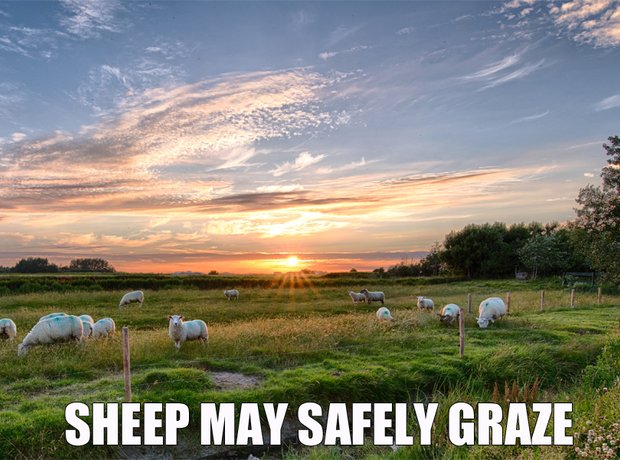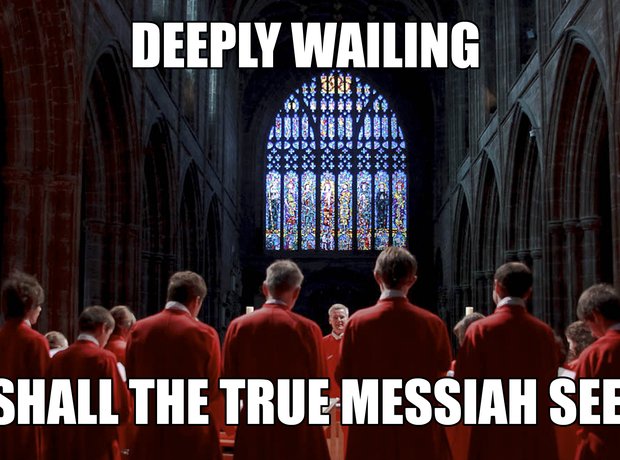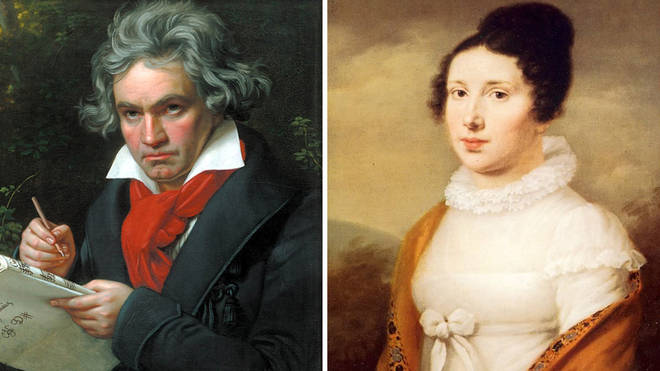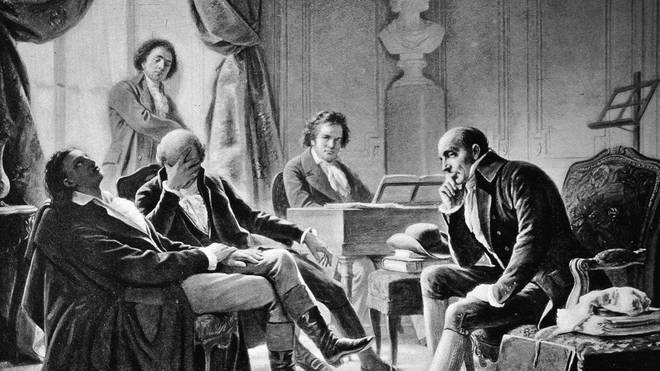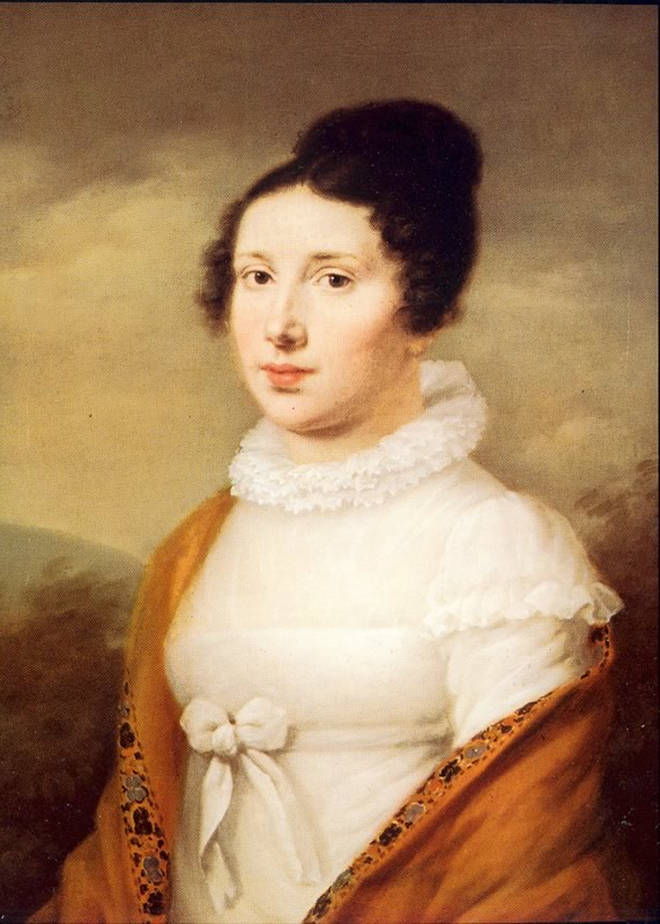Five years ago I stood in a room containing nothing but White Albums. For his installation We Buy White Albums, the Californian artist Rutherford Chang had filled a small gallery in Manhattan with 693 vinyl copies of the ninth Beatles album, some on the walls, some in racks.
The sleeve, designed by
Pop artist Richard Hamilton, is famously blank but every one of these copies was faded, stained, torn, illustrated, signed or otherwise altered in some unique way, whether by a human hand or simply by the passing of time. As I studied them, I listened to multiple copies of side one playing simultaneously and slowly drifting out of sync, rendering these exceptionally famous songs eerie and strange.
Whether or not you consider it the best Beatles album (I do), it’s certainly the most Beatles album
There’s something about The White Album that invites listeners to mess around with it. Joan Didion stole its title for her 1979 essay collection, an elegy for the dreams of 1960s California. The producer Danger Mouse chopped it to pieces and recombined the fragments with vocals from Jay-Z’s The Black Album to create his 2004 mash-up The Grey Album. The jam band Phish covered all 30 songs on stage on Halloween night, 1994.
Charles Manson, notoriously, had his own theories. Even the title has been rewritten: The Beatles called it The Beatles but their fans had other ideas.
The new reissue defamiliarises the album yet again, with 27 demos, 50 outtakes, and
a thorough digital reconstruction by Giles Martin, the son of Beatles producer George Martin. The White Album is the only record by the most analysed group in the history of popular music that still retains considerable mystery, because there’s just so much of it. Whether or not you consider it the best Beatles album (I do), it’s certainly the
most Beatles album.
‘A shambling mansion’
It therefore attracts two kinds of fan: the editor and the sprawler. The editor trims and tweaks the tracklisting to create a more consistently satisfying record. The sprawler accepts it for what it is, with all its imperfections. I once toyed with being an editor (goodbye Wild Honey Pie, so long Savoy Truffle) and ended up with a tight playlist of impeccably great songs. But it wasn’t The White Album, any more than Moby-Dick minus all the chapters about the whaling industry would still be Moby-Dick.
The White Album’s working title was A Doll’s House, and it could be compared to a shambling mansion, with ballrooms, bedrooms, nurseries, cellars, and rooms full of junk that are rarely visited. It starts with a joke and ends with a lullaby. Between those two points, this omnivorous record takes bites out of folk, blues, rock’n’roll, ska, country, doo-wop, psychedelia, Tin Pan Alley, musique concrete and easy listening, while offering previsions of prog-rock and heavy metal. Happiness is a Warm Gun alone is three songs in one. Songwriting inspirations include a box of chocolates, a gun magazine, a Little Richard movie, Mia Farrow’s sister, monkey sex and, on the barbed wind-up Glass Onion, The Beatles’ own history.
Listening to it is like watching an explosion in slow motion
The White Album was the first major release to deploy incoherence as a deliberate artistic strategy. It contains space-fillers even though there’s no space that needs filling, and is sequenced in such a way as to accentuate its jumbling together of the archaic and the avant-garde, the meaningless and the profound, the generous and the toxic, the ragged and the luminous, the spiritual and the profane, the desperately moving and the too silly for words. Many of John Lennon’s cryptic contributions are an assault on rationality itself. To be an editor is to presume that somehow The Beatles got it wrong and would rather have released 45 minutes of bangers. To be a sprawler is to embrace that rare, intoxicating quality that you might call everythingness. Perhaps that is why they called it The Beatles. This is what The Beatles is in 1968, the title implied. All of it. The whole damn mess.
Over the years we’ve learned almost everything there is to know about the circumstances of its creation. We know that due to various rows, sulks and walkouts, the first stage of the band’s disintegration, all four Beatles appear on fewer than half the songs. We know about Yoko Ono’s contentious presence, Ringo’s huffy absence from Back in the USSR, John’s contempt for Paul’s “granny music shit”, and so on. We know that they were less than a year away from the last time that they all stood in a studio together, although in the newly released demos we can also hear that there was still plenty of fun to be had, despite those fissures. Even at the time, I imagine, one could hear pop’s quintessential gang of mates splintering into four individuals, and their musical fusions unravelling into discrete genre exercises. Listening to it is like watching an explosion in slow motion.
‘Wild, whirling spirit’
The White Album therefore made a fitting capstone for one of the most wildly eventful years of the 20th Century. The Beatles entered Abbey Road Studios to start recording on 30 May, and administered the finishing touches on 14 October. During that period, Charles de Gaulle quelled the student protests in Paris; Warsaw Pact tanks rolled into Prague; Robert F Kennedy was shot dead in Los Angeles; James Earl Ray was arrested for the murder of Martin Luther King; the Democratic National Convention in Chicago was marked by violence and chaos to the delight of Republican candidate Richard Nixon; the Ba’ath Party seized power in Iraq; the Tet Offensive concluded in Vietnam; the Troubles began in Northern Ireland; Andy Warhol mounted his first exhibition in Britain (and survived an assassination attempt); feminists protested the Miss America pageant in Atlantic City; censorship in British theatres came to an end, prompting the cast of Hair to take to the stage naked; Britain’s first abortion clinic opened its doors; and Nasa launched the first manned Apollo mission (Apollo 7). And that was just the 20 weeks while the Beatles were in the studio.It was an everything-at-once kind of year.
If you felt that things were falling apart and the centre could not hold, then, boy, did The Beatles have the perfect record for you
The White Album explicitly acknowledges almost none of this. On the rare occasions that it is political, it is muddled, petty or vague. John Lennon was so conflicted about that spring’s wave of protests that he hedged his bets on Revolution 1 (“Don’t you know that you can count me out… in”), and his inscrutable Stockhausen-inspired sample collage Revolution 9 obscured more than it revealed. Only decades later did Paul McCartney reveal that Blackbird was meant to be an ode to the women of the civil rights movement. George Harrison’s Piggies is a sour pellet of misanthropy fired at anyone foolish enough to be ordinary. Most of the songs were written during a Transcendental Meditation course in India, a long way from the barricades of Paris or Prague.
Some ‘68 radicals resented The Beatles’ distance from the frontlines (and scolded Lennon to his face) but The White Album didn’t need to describe the year’s events in order to capture its wild, whirling spirit. Like
Radiohead’s OK Computer or the Specials’ Ghost Town, it is one of those records where a band’s internal turmoil mingled with the unrest of the wider world: by being true to their own tensions and insecurities, The Beatles connected powerfully with those of their listeners. To many people, 1968 felt exciting, infuriating, liberating, terrifying, funny, sad, depressing, exhausting and bewildering.
Between the tumbling madness of Helter Skelter, the helpless spectatorism of While My Guitar Gently Weeps, the suicidal grind of Yer Blues, the macabre whimsy of Rocky Raccoon, the defeated sigh of I’m So Tired, the hallucinatory swoon of Dear Prudence, the sonic maelstrom of Revolution 9, and the gentle stoicism of I Will, here was an album that expressed every emotion and its opposite. If you felt that things were falling apart and the centre could not hold, then, boy, did The Beatles have the perfect record for you. In the Sunday Times newspaper, Derek Jewell wrote that The Beatles were “created by, created for, their age”.
In a far less enduring review, New York Times critic Mike Jahn dismissed the album as “hip Muzak, a soundtrack for head shops, parties and discotheques,” and unfavourably compared it to jazz-rock group Blood, Sweat and Tears. Oops. But I can sympathise with anyone tasked with reviewing The White Album the week it came out, because even now it’s impossible to summarise. That’s what keeps it alive. Its illustrious predecessor Sgt Pepper’s Lonely Hearts Club Band can feel, decades later, like a snow globe of 1967: exquisite, of course, but sealed tight, impermeable to new interpretations. The White Album feels roomy, unguarded and, in some peculiar way, malleable. Every time I hear it, there’s always something I’ve forgotten or can’t pin down.
On the face of it, one of the busy, dissonant Pop Art collages that made Richard Hamilton famous might have been a more apt sleeve design for such a teeming album, but his blank-slate minimalism sends a different message: make of this what you will. As EM Forster said of Herman Melville’s novel, “Moby-Dick is full of meanings: its meaning is a different problem.” Fifty years later, in another era of upheaval, dislocation, paranoia and confusion, The White Album remains pop music’s great white whale: forever enthralling, forever elusive.




